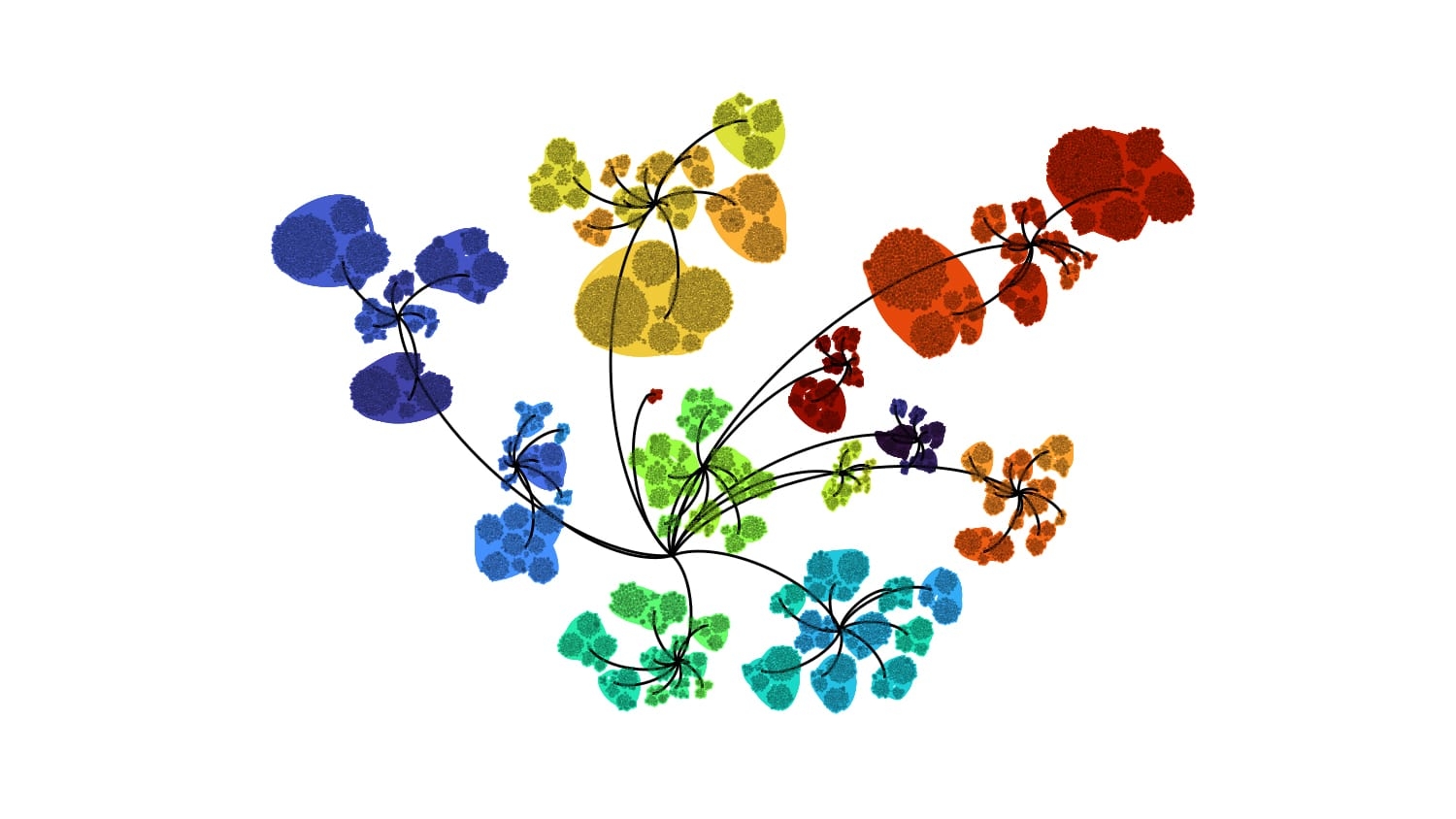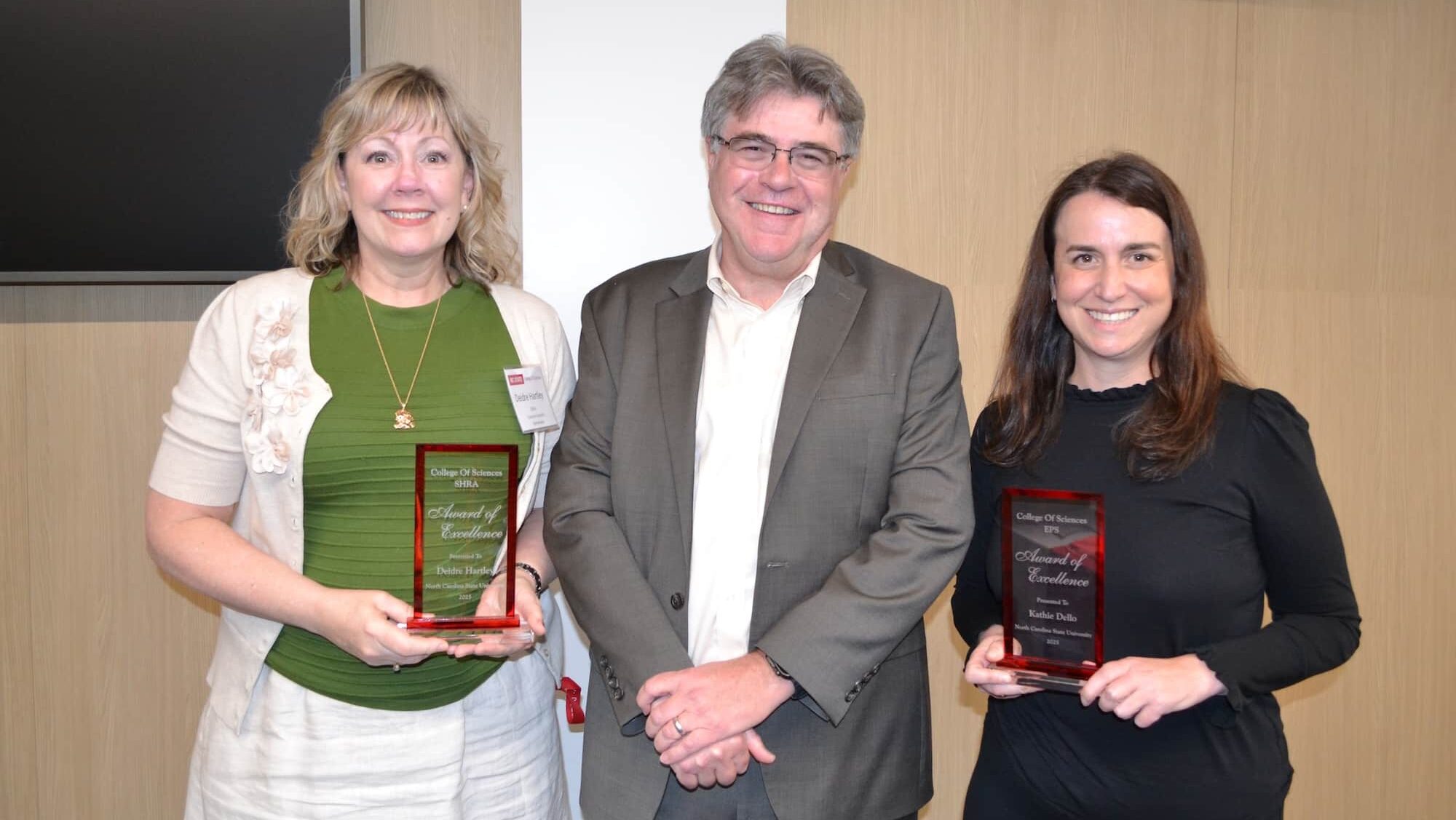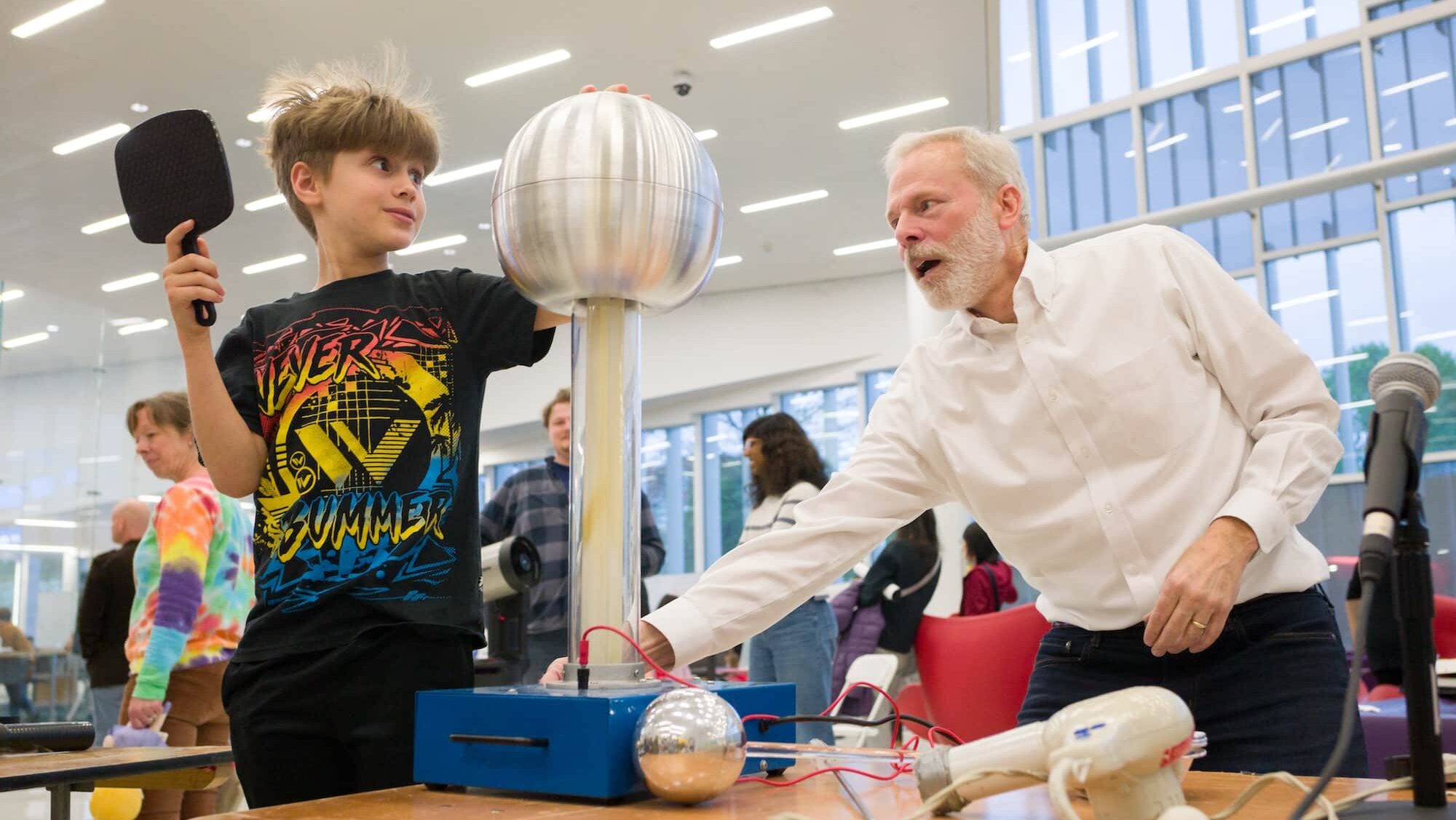Teams Forge Communication Shortcuts Across Large Organizations to Keep Information Flowing

For Immediate Release
When it comes to successful organizations, communication is key. But what does successful communication look like? A new study from North Carolina State University examines communication dynamics within a successful organization, uncovering the crucial role of position and discovering the prevalence of “shortcuts” across the hierarchy.
“I study networks, and this project has two: an email communication network between employees within an organization and the organization’s hierarchical structure on those same employees,” says Nathaniel Josephs, assistant professor of statistics at NC State and corresponding author of the work. Josephs began the project while a postdoctoral researcher at Yale University.
“Traditionally, most studies on organizational management have only examined the communication network, and the underlying hierarchy is latent or unobserved,” Josephs adds. “The studies that did look at communication in organizations were using leaked email data from the C-suite of Enron – a failed company – during its most chaotic period.”
Using data provided by Microsoft Corporation, Josephs looked at the relationship between the formal organizational hierarchy and email communication dynamics among 241,718 employees in May 2019. The data set is the largest of its type to be studied and consists of each employee’s location in the company’s supervisory/reporting hierarchy, as well as monthly email communication counts between all pairs of employees.
First, researchers divided the data into 88 teams of organizational trees, then they identified the corresponding communication networks. Finally, they looked at the distance and direction of email messages passed up, down, and across the organizational hierarchy.
Many of the findings were intuitive. The closer teams were, the more they tended to communicate. People higher up within the organization communicated down more. And the higher you were in the organization, the more likely you were to have your emails reciprocated, and vice-versa. But there were some surprises.
“What we didn’t expect to see were these small-world paths between employees that are really far apart in the organization,” Josephs says. “They’re shortcuts across the hierarchy that enabled mid-level and lower employees to communicate across the organization.”
In other words, team-to-team communication between people of similar level was happening.
“Yes, folks who are further apart communicate less – but the decay isn’t what we call monotonic, in that communication only decreases,” Josephs says. “So these small-world paths allow information to flow more quickly than if it went stepwise up and down the organizational chain.”
This finding explains why one theory of communication – the idea that as the distance between individuals in the hierarchy increases, communication simply decays linearly – did not hold for their data. A second theory called Agony, based on the idea that connecting to people lower in the hierarchy causes “agony,” proved similarly inaccurate.
“A purely social hierarchy is different than a corporate one – information has to flow both ways,” Josephs says. “Even if it causes a boss ‘agony’ to communicate with their employees, they have to do it anyway.”
Josephs hopes that empirical communication analyses such as this one can help inform organizations going forward.
“We hope that a careful analysis of data from one of the world’s most successful companies helps clarify the picture around communication and structure,” Josephs says. “While the main takeaways seem intuitive – if you want synergy, you need to put employees closer together – the difference is in the data used to back it up.”
The research has been accepted for publication in Annals of Applied Statistics and a PDF of the publication can be downloaded from the journal’s Next Issues page. Forrest W. Crawford, associate professor of biostatistics at Yale University, and Sida Peng, principal researcher in Microsoft’s office of the chief economist, co-authored the work.
-peake-
Note to editors: An abstract follows.
“Communication network dynamics in a large organizational hierarchy”
Authors: Nathaniel Josephs, North Carolina State University; Sida Peng, Microsoft; Forrest W. Crawford, Yale University
Accepted for publication May 26, 2024 in Annals of Applied Statistics
Abstract:
Most businesses impose a supervisory hierarchy on employees to facilitate management, decision-making, and collaboration, yet routine inter-employee communication patterns within workplaces tend to emerge more naturally as a consequence of both supervisory relationships and the needs of the organization. What then is the relationship between a formal organizational structure and the emergent communications between its employees? Understanding the nature of this relationship is critical for the successful management of an organization. While scholars of organizational management have proposed theories relating organizational trees to communication dynamics, and separately, network scientists have studied the topological structure of communication patterns in different types of organizations, existing empirical analyses are both lacking in representativeness and limited in size. In fact, much of the methodology used to study the relationship between organizational hierarchy and communication patterns (and much of what is known about this relationship) comes from analyses of the Enron email corpus, reflecting a uniquely dysfunctional corporate environment. In this paper, we develop new methodology for assessing the relationship between organizational hierarchy and communication dynamics and apply it to Microsoft Corporation, currently the highest valued company in the world, consisting of approximately 200,000 employees divided into 88 teams, organizational trees rooted at the senior leadership level. This reveals distinct communication network structures within and between teams. We then characterize the relationship of routine employee communication patterns to these team supervisory hierarchies, while empirically evaluating several theories of organizational management and performance. To do so, we propose new measures of communication reciprocity and new shortest-path distances for trees to track the frequency of messages passed up, down, and across the organizational hierarchy. By describing how communication clusters around the formal organization, we reveal the emergent communication dynamics between employees and the crucial role of position in the hierarchy.
This post was originally published in NC State News.
- Categories:


